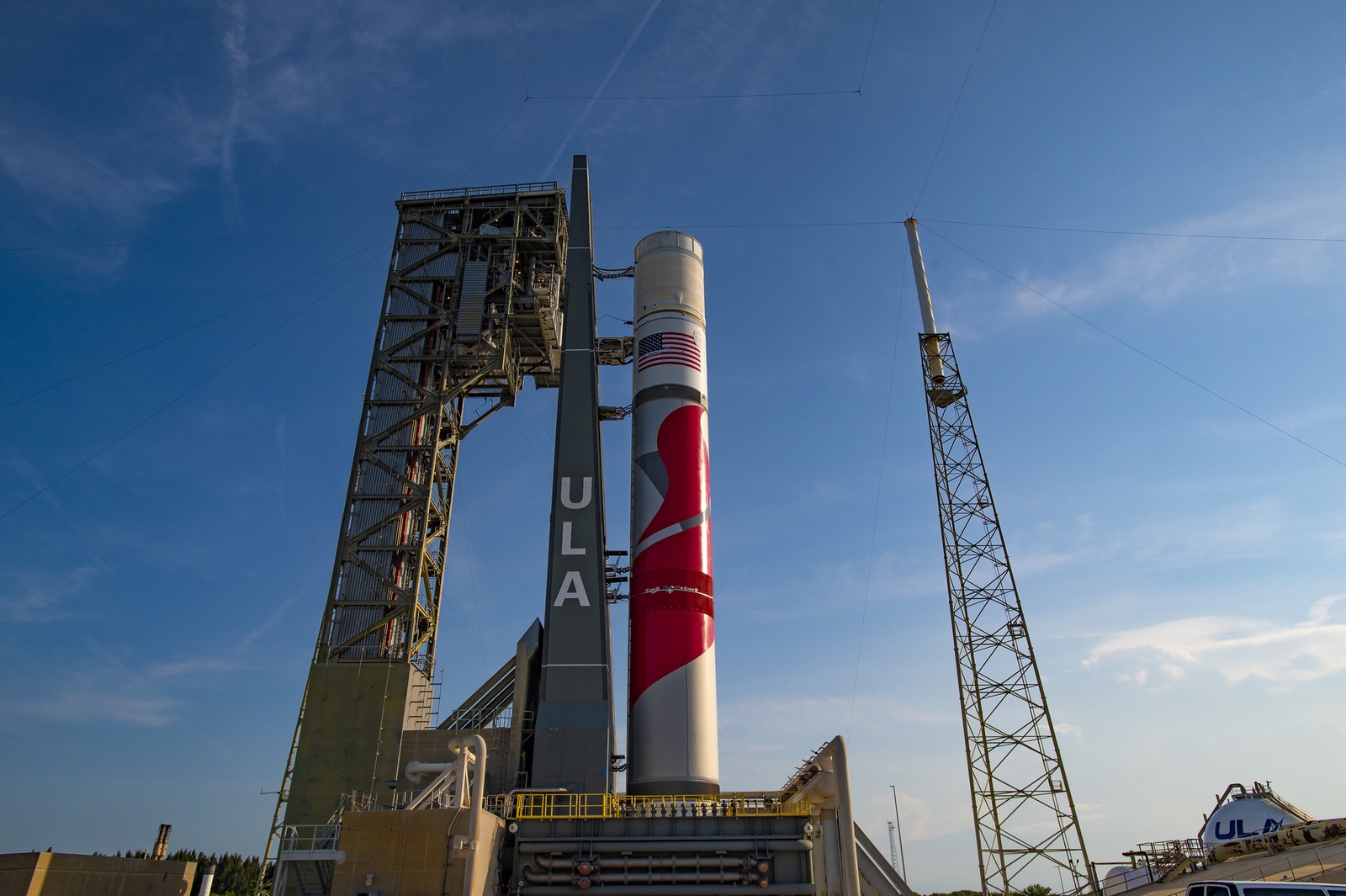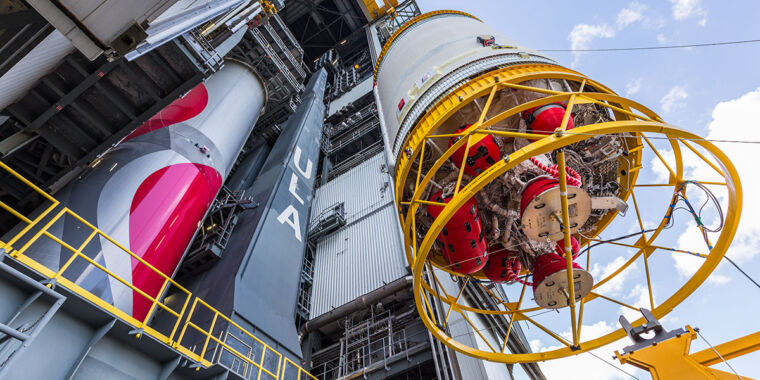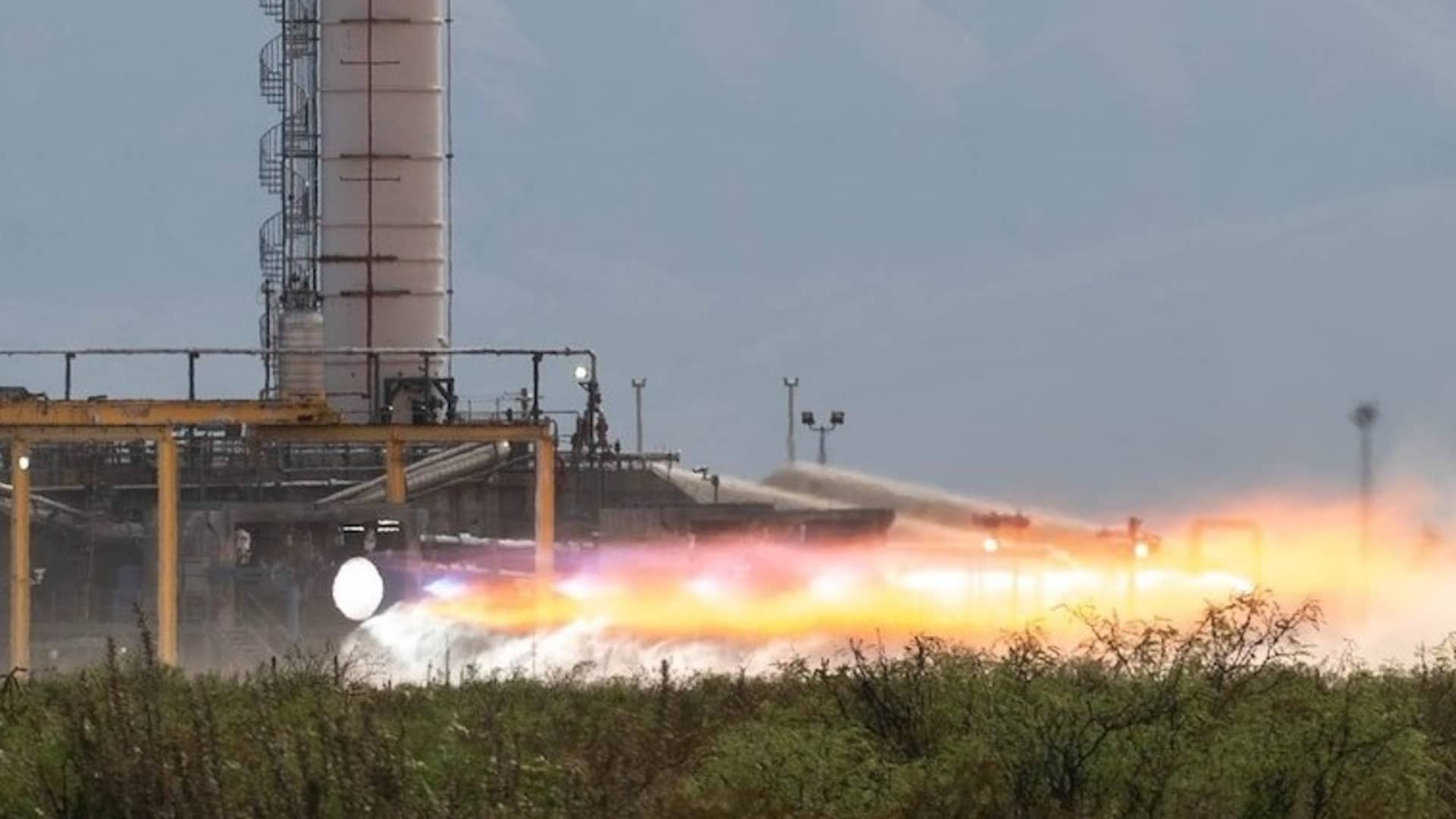- Joined
- 21 January 2015
- Messages
- 10,684
- Reaction score
- 12,344
View: https://twitter.com/tylerg1998/status/1657219828581531648
Meanwhile, at SLC-41: venting from #Vulcan has ceased, indicating that #ULA has completed testing & are winding down for the day.
Waiting for an update from @torybruno and/or ULA per next steps — most likely on to the Flight Readiness Firing NET Monday.
nsf.live/spacecoast



